Let's look at the most popular oils on the market, including options considered healthier or more harmful.
Olive oil (extra virgin)
- Properties: Rich in monounsaturated fats (oleic acid), polyphenols and antioxidants.
- Burning Point: 190—210°C (depends on quality)
- Stability: Moderate. At too high temperatures it can become unstable.
- Recommended Use: Ideal for salads, gentle cooking (light sautéing) or added at the end over food.
- Caution: It is not ideal for frying, as it loses some of its properties.
🥑 Avocado oil
- Properties: Similar to olive oil, but more stable at high temperatures. Rich in monounsaturated fatty acids.
- Burning Point: 250—270°C (very high)
- Stability: Great for cooking at high temperatures.
- Recommended Use: Light frying, sautéing, baking or as a base for healthy sauces.
- Recommended in fasting: It is a superior choice for dishes in the food window.
🌻 Sunflower oil (refined and unrefined)
- Properties: It contains mainly polyunsaturated fats. Refined variants are more stable, but have fewer nutrients.
- Burning Point: 225—240°C (refined); 110—120°C (unrefined)
- Stability: Medium to low (unrefined is unstable).
- Recommended Use: Only the refined variants for frying.
- Caution: Polyunsaturated can become toxic at high temperatures (mild oxidation).
🍇 Grape seed oil (grapeseed oil)
- Properties: Rich in polyunsaturated fats (especially linoleic acid).
- Burning Point: 215-220°C
- Stability: Low. Susceptible to oxidation.
- Recommended Use: Cold sauces or to salads.
- Caution: It is not recommended for frying; it oxidizes easily and can generate free radicals.
🌱 Rapeseed oil (canola)
- Properties: Balanced content of mono and polyunsaturated fats. Some types may contain traces of erucic acid.
- Burning Point: 200—220°C
- Stability: Media.
- Recommended Use: Cooking at moderate temperatures.
- Controversies: In the ultra-processed form, it can be considered an “industrial oil” with inflammatory potential.
🥥 Coconut oil
- Properties: Rich in saturated fats (lauric acid). Extremely thermally stable.
- Burning Point: 175—230°C (depending on refining)
- Stability: Very good.
- Recommended Use: Roast, baking or vegan desserts.
- Controversies: The high content of saturated fat is controversial, but it has not proven dangerous in moderate amounts.
🧈 Butter vs Ghee
- Butter: It has a lower burning point (~160°C). It burns quickly.
- Ghee: Clarified butter, without casein and lactose. High burning point (250°C). Ideal for frying or sautéing.
Comparative table: Oils and their uses
Conclusion
Each type of oil has strengths and limits. The safest choices for cooking at high temperatures are avocado oil and ghee. For salads and cold preparations, extra virgin olive oil remains king.
Avoid excess seed oils as much as possible and focus on natural, minimally processed fats.
Yes and no. Extra virgin olive oil has excellent nutritional benefits, but has a lower burning point. At high temperatures it degrades, so it is more suitable for salads or cooking over low/medium heat. For frying, avocado oil or ghee is recommended.
The peroxidation index indicates how easily an oil oxidizes — that is, how quickly it becomes “bad” under the influence of heat, light and oxygen. Oils with a high index (such as those in seeds) deteriorate faster, forming toxic compounds. That is why in fasting and in daily nutrition, it is important to choose stable oils.
Technically speaking, no. In intermittent “clean” fasting, any source of calories breaks the fast. Still, many practitioners use fats like coconut oil or ghee in coffee in “modified” fasting, for energy and mental clarity. So it's not exactly a capital sin... but pure fasting is no longer.









.svg.avif)




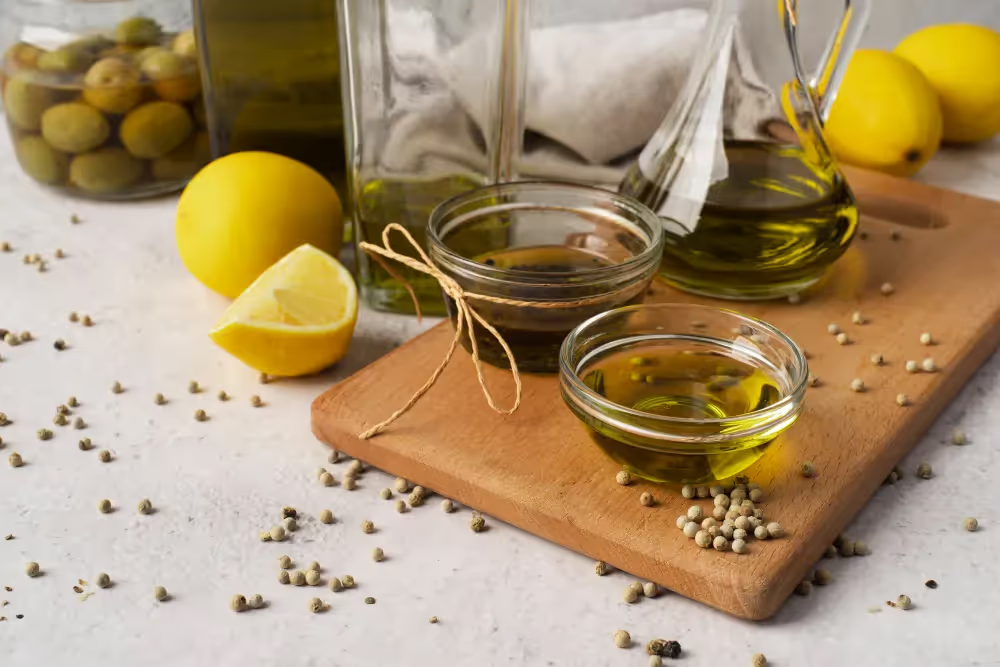







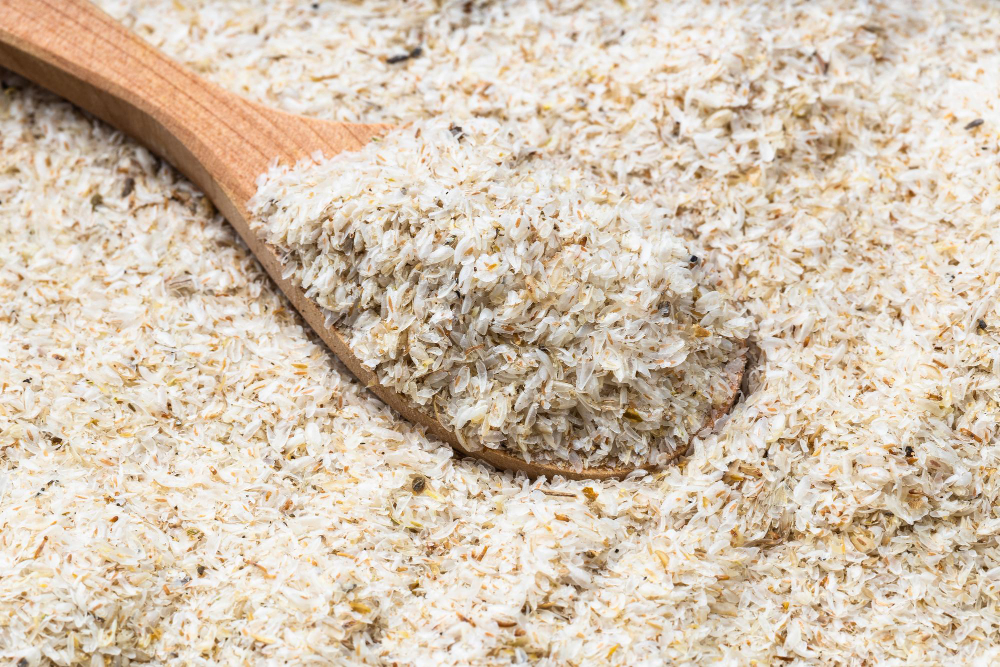





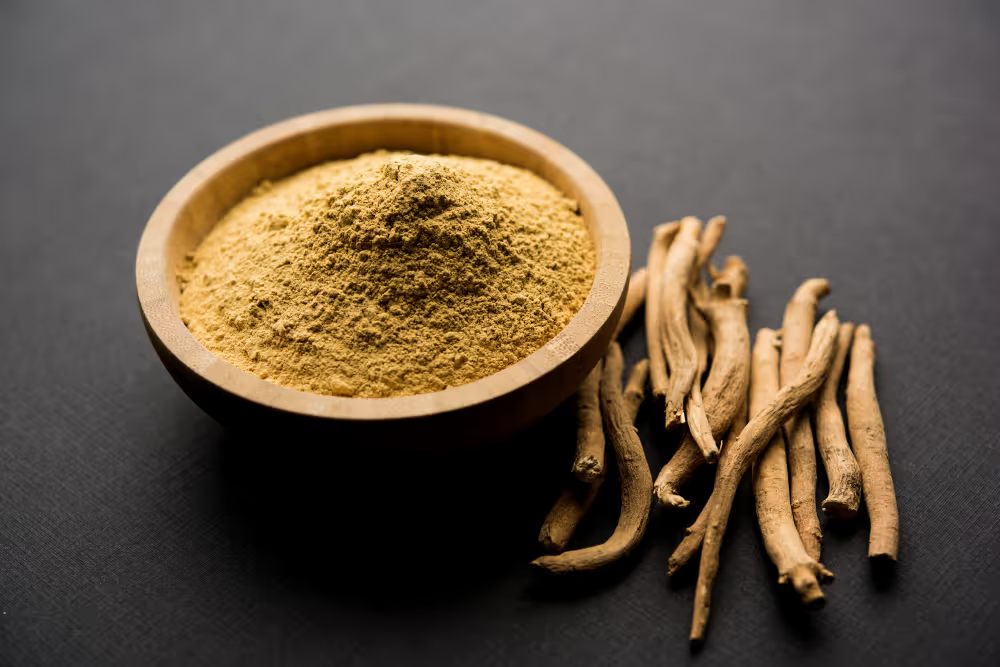
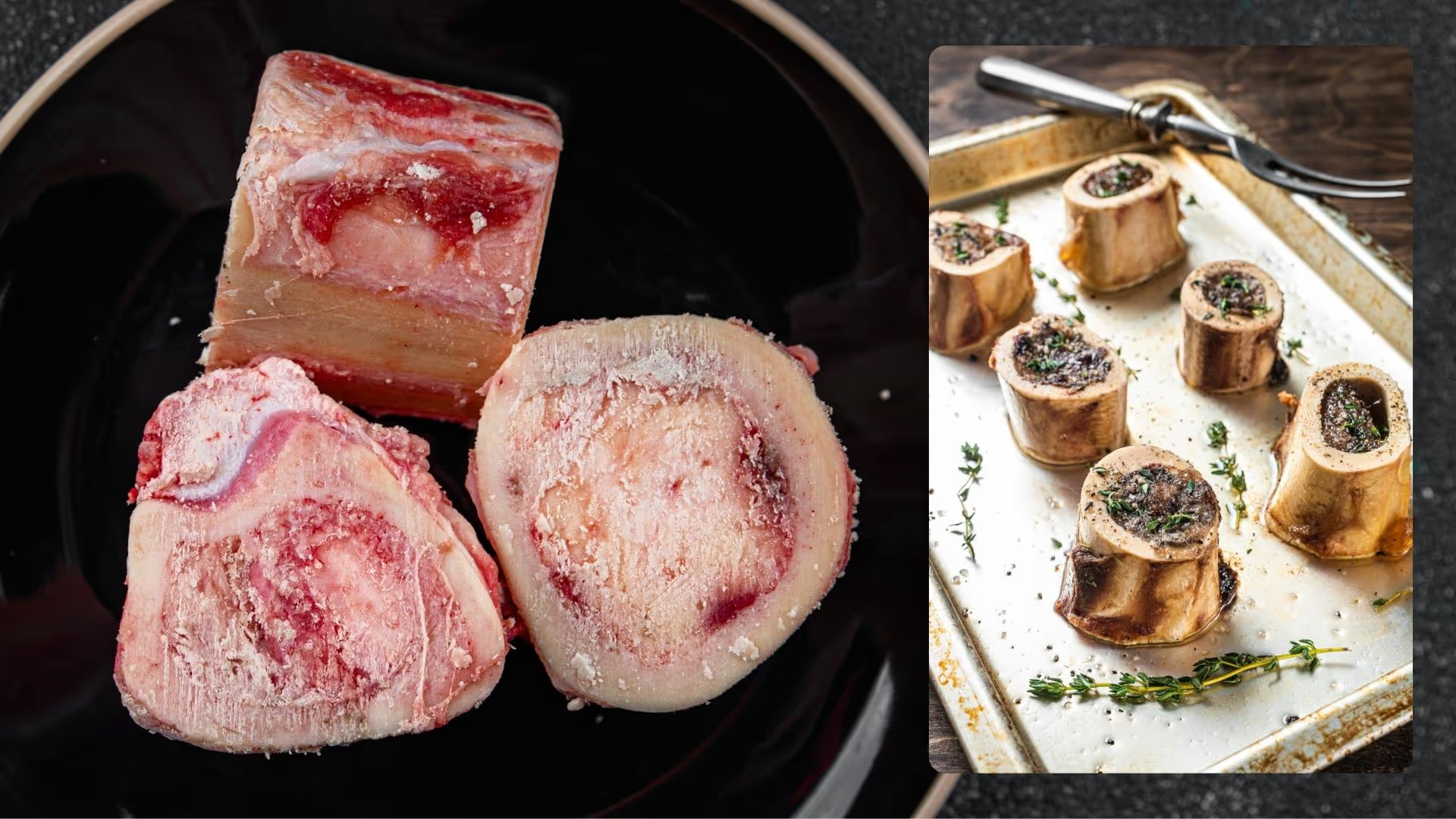



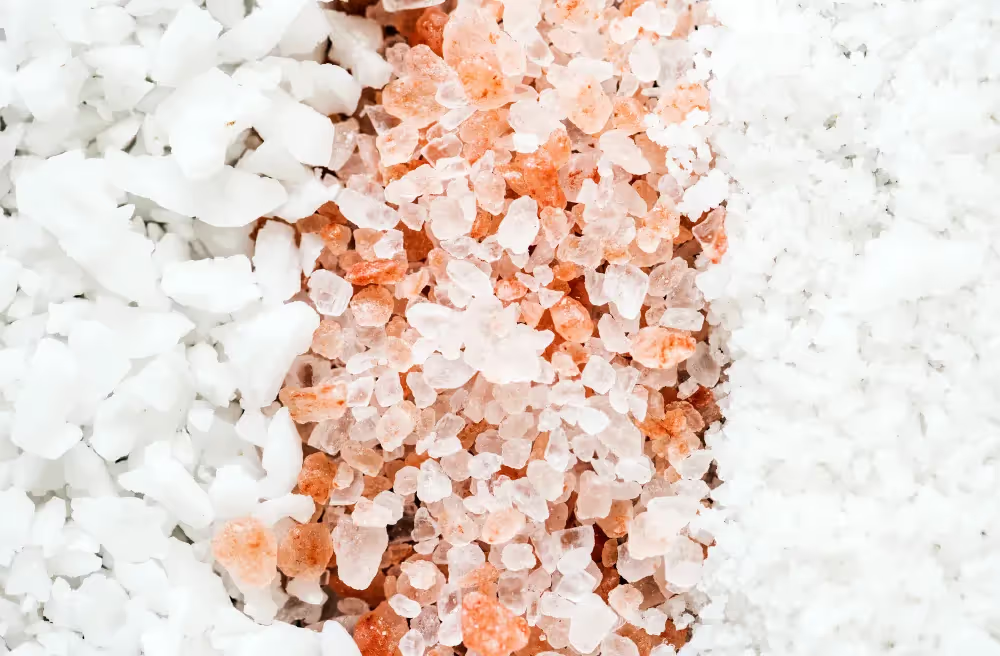


























.svg)
